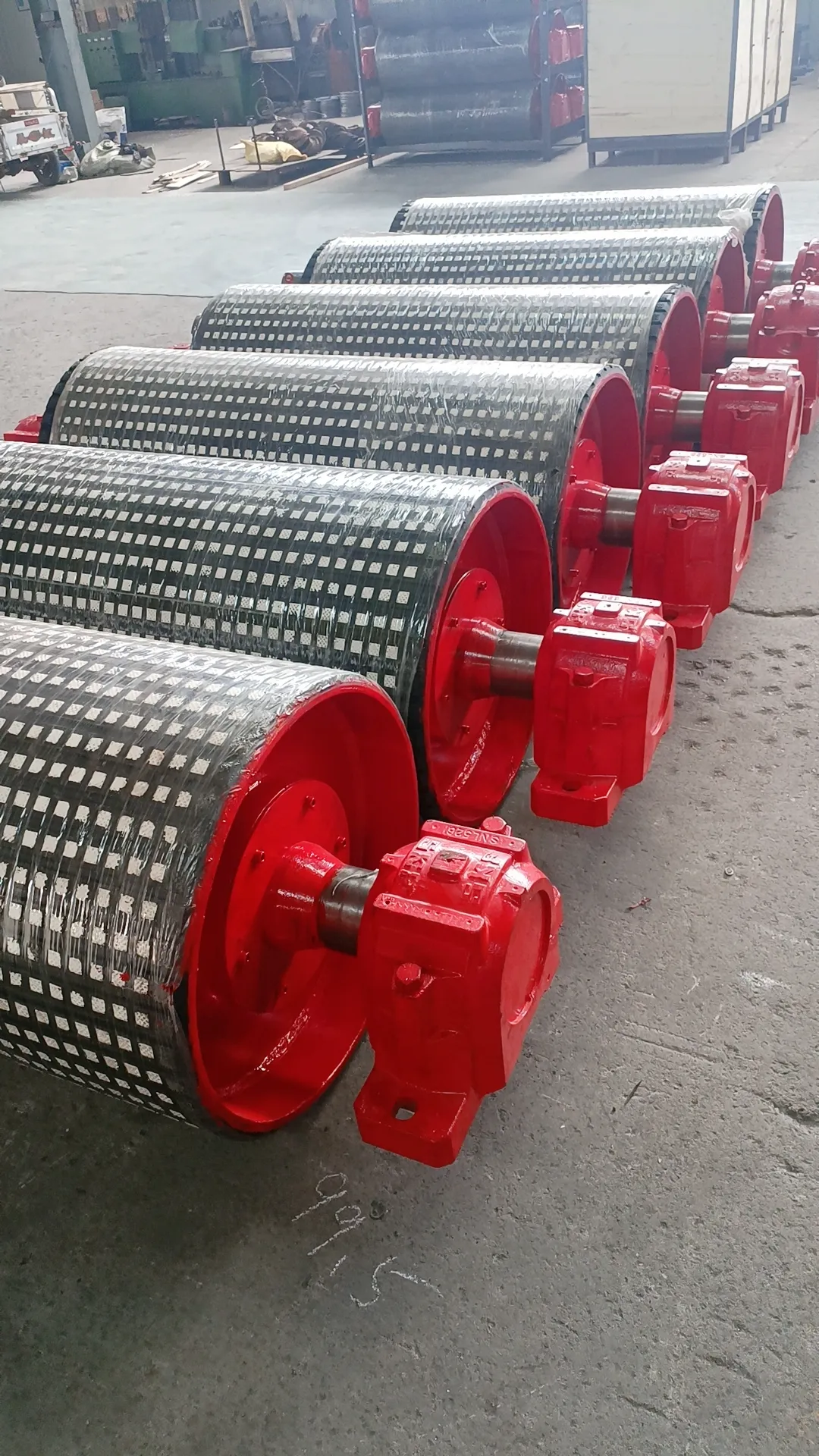 Afrikaans
Afrikaans  Albanian
Albanian  Amharic
Amharic  Arabic
Arabic  Armenian
Armenian  Azerbaijani
Azerbaijani  Basque
Basque  Belarusian
Belarusian  Bengali
Bengali  Bosnian
Bosnian  Bulgarian
Bulgarian  Catalan
Catalan  Cebuano
Cebuano  Corsican
Corsican  Croatian
Croatian  Czech
Czech  Danish
Danish  Dutch
Dutch  Lus Askiv
Lus Askiv  Esperanto
Esperanto  Estonian
Estonian  Finnish
Finnish  French
French  Frisian
Frisian  Galician
Galician  Georgian
Georgian  German
German  Greek
Greek  Gujarati
Gujarati  Haitian Creole
Haitian Creole  hausa
hausa  hawaiian
hawaiian  Hebrew
Hebrew  Hindi
Hindi  Miao
Miao  Hungarian
Hungarian  Icelandic
Icelandic  igbo
igbo  Indonesian
Indonesian  irish
irish  Italian
Italian  Japanese
Japanese  Javanese
Javanese  Kannada
Kannada  kazakh
kazakh  Khmer
Khmer  Rwandese
Rwandese  Korean
Korean  Kurdish
Kurdish  Kyrgyz
Kyrgyz  Lao
Lao  Latin
Latin  Latvian
Latvian  Lithuanian
Lithuanian  Luxembourgish
Luxembourgish  Macedonian
Macedonian  Malgashi
Malgashi  Malay
Malay  Malayalam
Malayalam  Maltese
Maltese  Maori
Maori  Marathi
Marathi  Mongolian
Mongolian  Myanmar
Myanmar  Nepali
Nepali  Norwegian
Norwegian  Norwegian
Norwegian  Occitan
Occitan  Pashto
Pashto  Persian
Persian  Polish
Polish  Portuguese
Portuguese  Punjabi
Punjabi  Romanian
Romanian  Russian
Russian  Samoan
Samoan  Scottish Gaelic
Scottish Gaelic  Serbian
Serbian  Sesotho
Sesotho  Shona
Shona  Sindhi
Sindhi  Sinhala
Sinhala  Slovak
Slovak  Slovenian
Slovenian  Somali
Somali  Spanish
Spanish  Sundanese
Sundanese  Swahili
Swahili  Swedish
Swedish  Tagalog
Tagalog  Tajik
Tajik  Tamil
Tamil  Tatar
Tatar  Telugu
Telugu  Thai
Thai  Turkish
Turkish  Turkmen
Turkmen  Ukrainian
Ukrainian  Urdu
Urdu  Uighur
Uighur  Uzbek
Uzbek  Vietnamese
Vietnamese  Welsh
Welsh  Bantu
Bantu  Yiddish
Yiddish  Yoruba
Yoruba  Zulu
Zulu The Importance of Pulley Lagging in Conveyor Systems
In the realm of industrial applications, pulley lagging rubber plays a vital role in enhancing the efficiency and longevity of conveyor systems. This essential component reduces wear and tear on pulleys while improving traction, making it indispensable in various industries.
 Understanding Pulley Lagging Rubber
Understanding Pulley Lagging Rubber
Pulley lagging rubber is a protective layer applied to the surface of pulleys in conveyor systems. Its primary function is to provide better grip and prevent slippage between the conveyor belt and the pulley. This increases the overall efficiency of the conveyor system, ensuring materials are moved smoothly without unnecessary downtime. The rubber also serves to protect the pulley from damage caused by friction and wear, extending its lifespan and reducing maintenance costs.
Advantages of Cast Rubber Lagging Pulley
Cast rubber lagging pulleys offer numerous benefits compared to traditional lagging methods. The casting process creates a more uniform and durable layer that adheres tightly to the pulley surface. This ensures minimal wear and maximum traction, especially in heavy-duty applications. Moreover, cast rubber provides excellent resistance to abrasion and weathering, making it suitable for outdoor environments and extreme conditions. The consistency of the cast material allows for better performance in high-speed applications, contributing to overall operational efficiency.
Types of Pulley Lagging
There are several types of pulley lagging, each designed to meet specific operational requirements. The most common types include:
- Rubber Lagging: The standard form, providing good traction and protection against wear.
- Ceramic Lagging: Incorporates ceramic tiles for added abrasion resistance, ideal for heavy materials.
- Polyurethane Lagging: Offers excellent elasticity and is suitable for dynamic applications.
- Textile Lagging: Utilizes fabric for a lightweight option, typically for lighter-duty applications.
Each type has its unique benefits, and choosing the right one depends on the specific needs of the conveyor system and the materials being handled.
Applications of Pulley Lagging Rubber
Pulley lagging rubber finds applications across various industries, including mining, agriculture, and manufacturing. In mining, for example, it ensures the efficient transport of heavy ores, while in agriculture, it helps in the movement of grains and fertilizers. Its versatility makes it suitable for different types of conveyor systems, from heavy-duty industrial setups to light-duty operations.
The Future of Pulley Lagging
As industries evolve, so does the technology behind pulley lagging rubber. Continuous advancements in materials science are leading to the development of more durable and efficient lagging options. This trend will likely enhance the performance of conveyor systems, reduce maintenance costs, and increase overall productivity. Investing in high-quality cast rubber lagging pulleys and understanding the various types of pulley lagging available will be essential for businesses looking to stay competitive in their respective markets.
-
Revolutionizing Conveyor Reliability with Advanced Rubber Lagging PulleysXov xwmJul.22,2025
-
Powering Precision and Durability with Expert Manufacturers of Conveyor ComponentsXov xwmJul.22,2025
-
Optimizing Conveyor Systems with Advanced Conveyor AccessoriesXov xwmJul.22,2025
-
Maximize Conveyor Efficiency with Quality Conveyor Idler PulleysXov xwmJul.22,2025
-
Future-Proof Your Conveyor System with High-Performance Polyurethane RollerXov xwmJul.22,2025
-
Driving Efficiency Forward with Quality Idlers and RollersXov xwmJul.22,2025





























